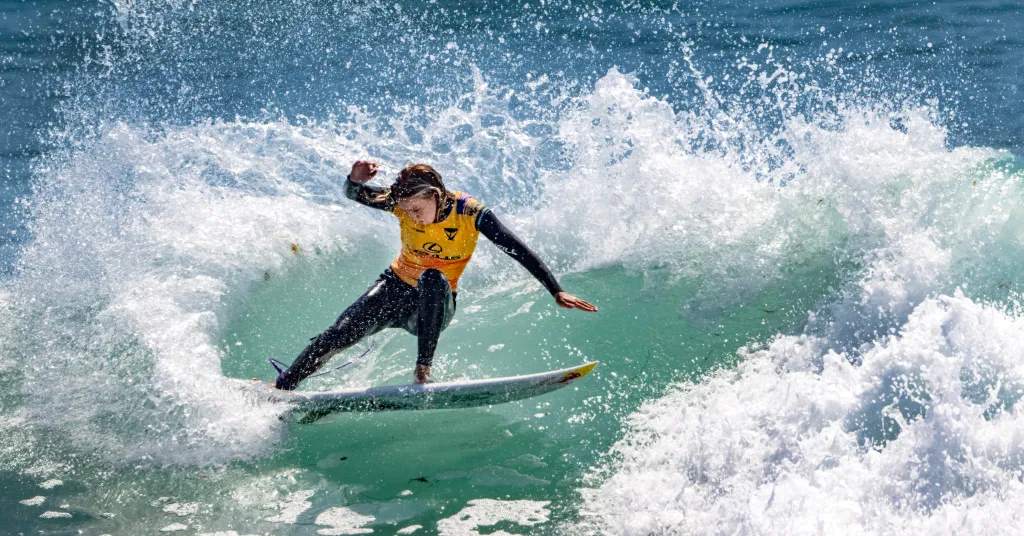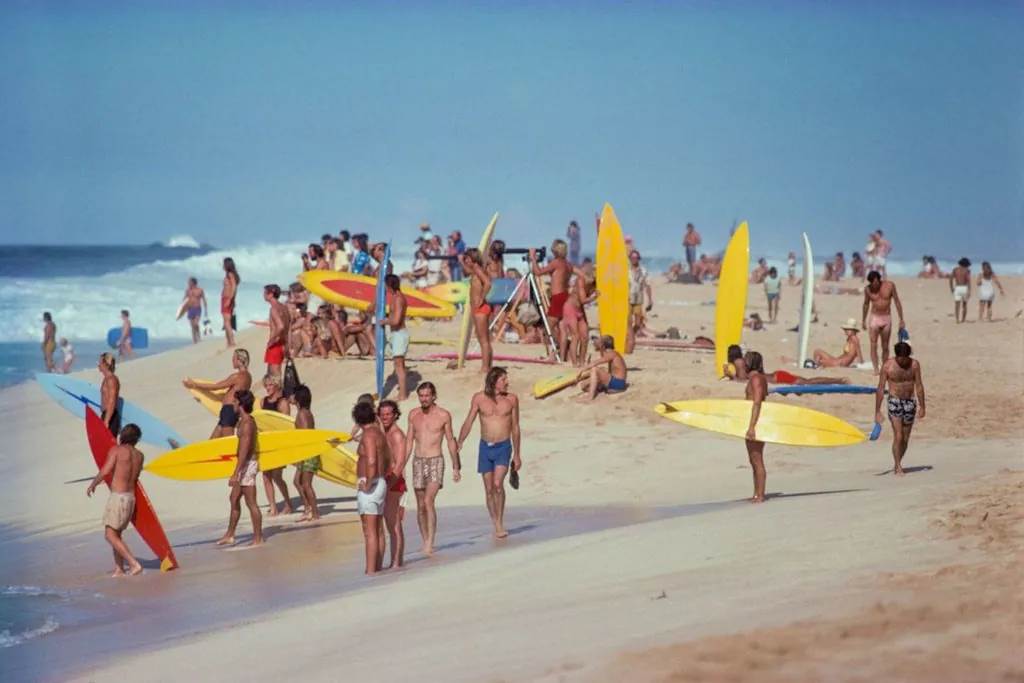Surfing, once a sacred ritual and subculture, has exploded into a billion-dollar global sport. Today, the journey from local beach breaks to international arenas is a story of transformation, marketing genius, and cultural shifts. The evolution of surfing events: from local breaks to global stages reflects not just a sport’s growth, but a seismic shift in how the world sees wave riding.
The Roots: Where Surfing Competitions Began
In the early 20th century, surfing contests were rare and intimate. The first recorded competition took place in 1928 at Corona del Mar, California. Surfing was still viewed as a niche lifestyle, with competitions often centered around local pride rather than prize money or international recognition.
Hawai’i played a crucial role. Duke Kahanamoku, a Hawaiian Olympic swimmer, is widely credited for popularizing surfing globally. In Hawai’i, surfing wasn’t a sport—it was a cultural expression. Early local events like the Makaha International Surfing Championships in the 1950s helped set the tone for future formats, placing emphasis on wave selection and style over aggressive maneuvers.
The 1970s and 80s: Professionalism and Sponsorship
By the 1970s, things began to change. The formation of the International Professional Surfers (IPS) in 1976, and later the Association of Surfing Professionals (ASP), marked the birth of professional surfing circuits.
Major surf brands—Quiksilver, Billabong, Rip Curl—started sponsoring events. This financial backing allowed competitions to move to world-class waves in Australia, South Africa, and Indonesia. During this era, performance became paramount. Surfers like Tom Curren and Mark Richards turned the sport into a spectacle, while surfers like Margo Oberg and Frieda Zamba paved the way for women’s events.
However, accessibility was still limited. Most events relied on surf magazines and VHS tapes for exposure. Only local fans and insiders followed the rankings.
The 1990s to Early 2000s: Broadcasting and Global Appeal
The late 1990s ushered in the digital revolution. Surfing events began to appear on cable sports networks. With the rise of the internet, streaming became possible. Live feeds from iconic breaks like Teahupo’o and Pipeline transformed how fans consumed competitions.
The ASP Tour expanded its global footprint, adding stops in Europe and South America. Surfline and Magicseaweed became trusted sources for real-time wave conditions, making competitive surfing more strategic. This technological integration drove viewership up by 50% between 2002 and 2009, according to SurferToday.
Events became bigger, with larger prize pools. By 2010, the ASP Men’s World Champion could earn over $500,000 in total prize winnings and endorsements annually. The media began to treat top surfers as athletes, not just rebels.
2015 and Beyond: Surfing Enters the Mainstream
The most pivotal moment in The Evolution of Surfing Events: From Local Breaks to Global Stages came in 2015 when the World Surf League (WSL) replaced the ASP. The WSL rebranded the tour, introduced new judging formats, and emphasized storytelling.
In 2021, surfing debuted in the Olympics. This move catapulted the sport onto a global platform and validated its athletic credibility. More than 35 million people watched surfing at the Tokyo Olympics. It showcased not just elite surfers, but also diverse nations like Japan, Brazil, and South Africa as competitive surf destinations.
Simultaneously, artificial wave technology emerged. Kelly Slater’s Surf Ranch and other wave pools began hosting high-stakes events, removing nature’s unpredictability from the equation. Purists criticized this shift, citing it diluted the essence of ocean surfing. Others argued it leveled the playing field and enhanced accessibility.
Read Also:
8 good reasons why Yoga will make you a better surfer
Different Angles: The Cultural Debate
While global expansion brought legitimacy, it sparked debate. Some fear commercialization is erasing surfing’s soul. Local communities complain about overcrowding during event seasons. The WSL’s presence can drive tourism up by 300% in certain regions, but not without cultural and environmental costs.
Conversely, international exposure has lifted entire communities. Brazil’s “Brazilian Storm” of competitive surfers created national heroes and a robust surf economy. Women’s surfing, once marginalized, now enjoys equal prize money in WSL events—something unheard of in many sports.
A report by Forbes confirmed that female viewership has increased 30% since 2018, showing the power of inclusivity in global sport.
Statistics and Real-World Examples
- WSL broadcasts now reach over 200 countries, with an average digital audience of 11 million per event.
- The 2023 Rip Curl Pro Bells Beach alone contributed $8 million to the Victorian economy.
- According to Statista, the global surf industry will exceed $13 billion by 2027, largely due to event-driven tourism and media rights.
Innovation: Tech, Data, and Fan Engagement
Modern surfing events use AI-driven scoring, drone footage, and real-time analytics. Fans can now track wave scores, ride stats, and weather conditions via mobile apps. This keeps audiences engaged longer and drives repeat viewership.
Additionally, VR experiences and NFTs have entered the conversation. While some view these as gimmicks, brands see them as tools to deepen fan loyalty. Red Bull’s immersive surf VR at Surf Ranch attracted thousands during its 2022 launch.
The Road Ahead: Sustainability and Equity
Sustainability is now front and center. Organizations like Sustainable Surf push events to use biodegradable wristbands, offset carbon emissions, and protect local marine ecosystems. The WSL’s “We Are One Ocean” campaign commits to ocean conservation across all tour stops.
Equity is another priority. More events now focus on adaptive surfing and youth development. Programs like ISA’s Para Surfing World Championship continue to expand surfing’s reach.
FAQs
When did surfing competitions begin?
Surfing competitions began in the 1920s, with formal events gaining popularity in the 1950s in Hawaii and California.
What is the WSL and why is it important?
The World Surf League (WSL) organizes global surf events and introduced innovations in judging, equality, and fan experience.
How has technology influenced surfing competitions?
Tech has enhanced scoring accuracy, live broadcasting, fan engagement, and training through data analytics.
Are artificial wave pools good for the sport?
Opinions vary. Some say it provides consistency and accessibility, while others believe it removes the ocean’s soul.
How did surfing enter the Olympics?
Surfing was included in the 2020 Tokyo Olympics to modernize the Games and reflect global sports trends.
Do surfing events impact local communities?
Yes, they boost tourism and economy but can also strain resources and disrupt local surf culture.
What are the top global surfing events today?
Key events include Pipeline Masters (Hawaii), J-Bay Open (South Africa), and the Tahiti Pro (Teahupo’o).
Final Thought
The Evolution of Surfing Events: From Local Breaks to Global Stages mirrors a larger shift in how niche passions become mainstream powerhouses. Surfing has traveled a long way—from sacred Polynesian roots to billion-dollar spectacles streamed worldwide. As it continues to evolve, the challenge lies in balancing heritage with innovation, keeping the soul alive while riding the wave of progress.







